PLANT CITY
(Hillsborough County)
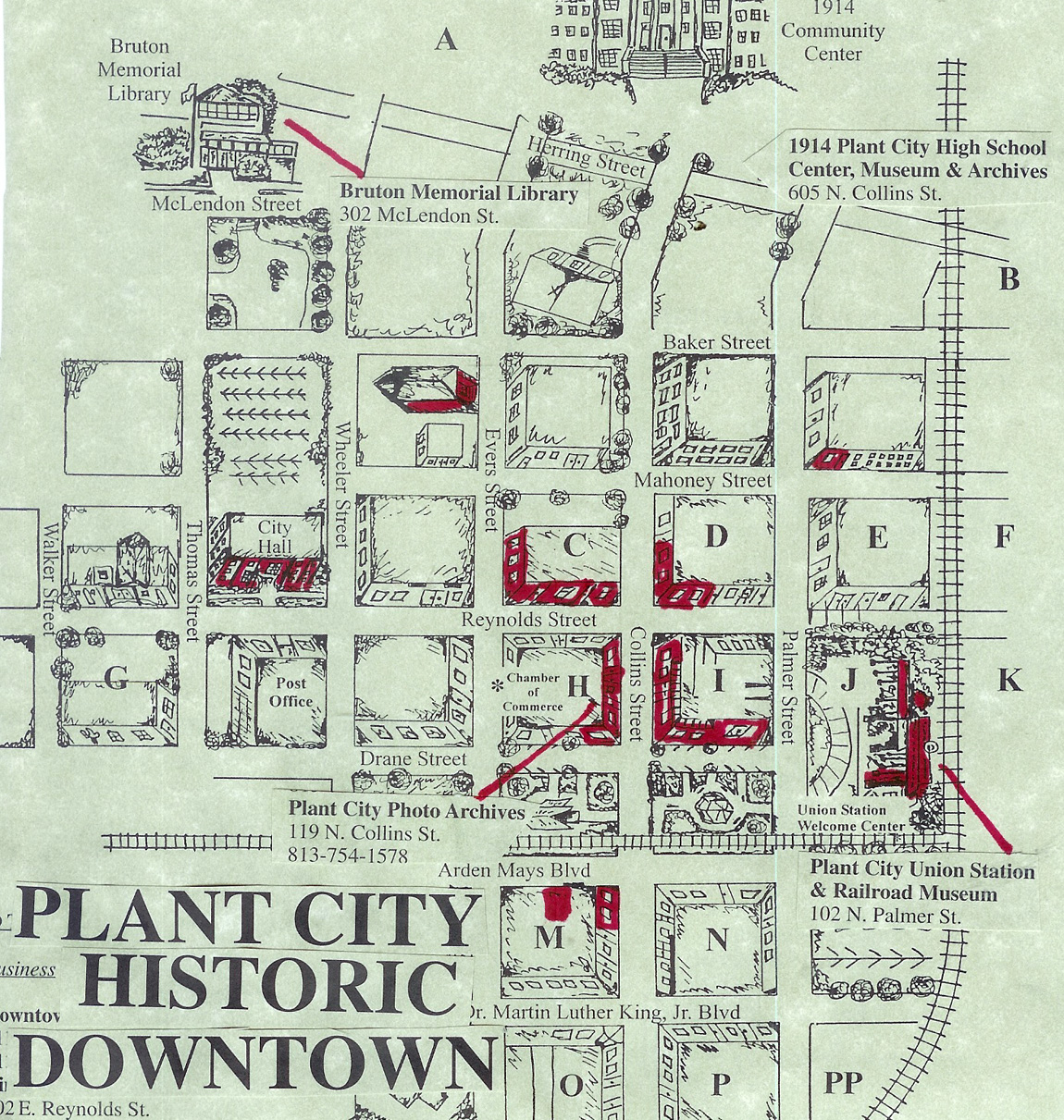
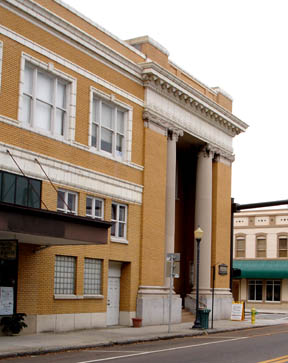

The center of Eastern Hillsborough County
and famous as "the Strawberry
Capital of the United States",
Plant City is a
town of a proud history. As early as 1839 there was a pine log blockhouse
called Fort Hichipucksassa (Fort Sullivan)
in the area. In 1849 settlers started Ickepuckesassa
(Cork)post office.
The first town plat was started in 1843 by A. M. Randolph and one of the first area residents was Stephen
Hollingsworth, whose daughter Catherine (1843) was the first child born in area
and whose grandson Joshua was first President of Florida Southern College.
Other founders were Rev. Samuel Knight, son-in-law of cattle baron Jacob Sumerlin, and John G. Thomas.
SELECTED HISTORIC SITES:
E. T. ROUX HOUSE (1900),
off Calhoun Street,
was built by one of the first developers of a lumbercamp
in the area. The Fernandina native's father Albert Roux had built the first
lumber camp in Florida
(1839). The two-story house has a Greek Revival style
with seven pedimented doorways and a Palladian
window. Chester Carlton designed the structure which was
featured for years in local publications.
 LEW J. PROSSER HOUSE (1900), 202 West Calhoun Street,
is the Victorian Revival home of a successful citrus grower and owner of the R.
W. Burch Company.
LEW J. PROSSER HOUSE (1900), 202 West Calhoun Street,
is the Victorian Revival home of a successful citrus grower and owner of the R.
W. Burch Company.
D. M. GRIFFIN
HOUSE (206 West Calhoun (1905), was the Victorian residence of one
of the first dentists in Plant City.
OSCAR STRICKLAND HOUSE
(1897) 106 East Herring Street, is a two-story Queen
Anne house with some Colonial Revival elements. Brother Thomas Strickland, a
businessman and School Board member, lived in the house during most of its
first half-century.
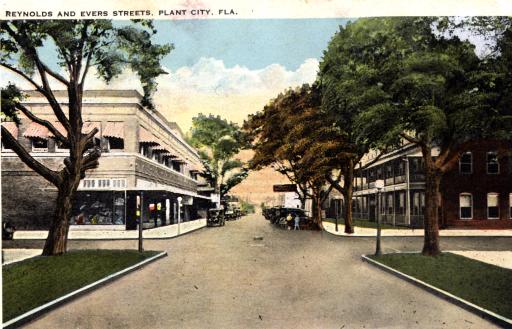
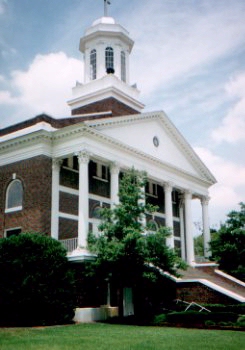

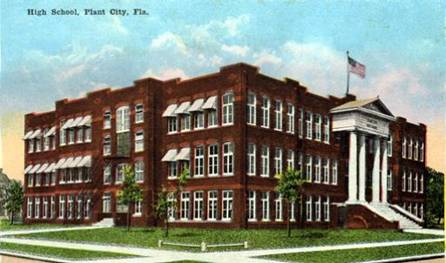 LEE BUILDING
LEE BUILDING, (1922) 110
Reynolds Street, was a two-story brick commercial structure with a plain, wide
entablature below the cornice. In 1987 the 19
,2000
square-foot structure, largest of
Plant
City's older buildings, was restored and modernized.
HILLSBORO STATE BANK
(1914),
202 West Reynolds Street,
is one of the oldest commercial buildings in downtown, used until 1966.
HOOKERS STORE
(1904). 102 North Collins Street,
was at the center of the business district and housed the S.C. Wells Drug Store
with Judge G. B. Wells offices on the
secodn floor.
PLANT CITY UNION DEPOT
(1909) ,on East North
Drane Street, symbolized the
development of the community was a reflection of the arrival in December of
1883 of the South Florida Railroad to a village then called
Hichipuckassa..
The connection of the railroad to the North by Henry Plant's
South
Florida Railroad in 1885 convinced city fathers to name the
village after Plant. At one time six tracks and 44 daily passenger trains
crossed
Plant City
making it a major agricultural-transportation center.
PLANT CITY PRIMITIVE BAPTIST
CHURCH (1924), 509 North Evers Street,
is a two corner towerd frame church of one of the
city's older congregations.
DR. J. W. ALSOBROOK HOUSE
(1907), 508 Whitehall Street,
was on North Evers, and is a large Victorian structure.
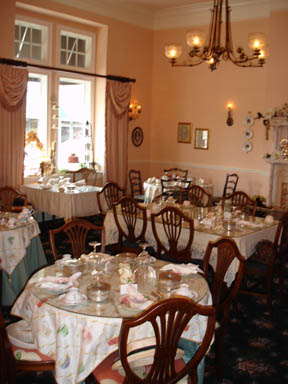




 LEW J. PROSSER HOUSE (1900),
LEW J. PROSSER HOUSE (1900), 




